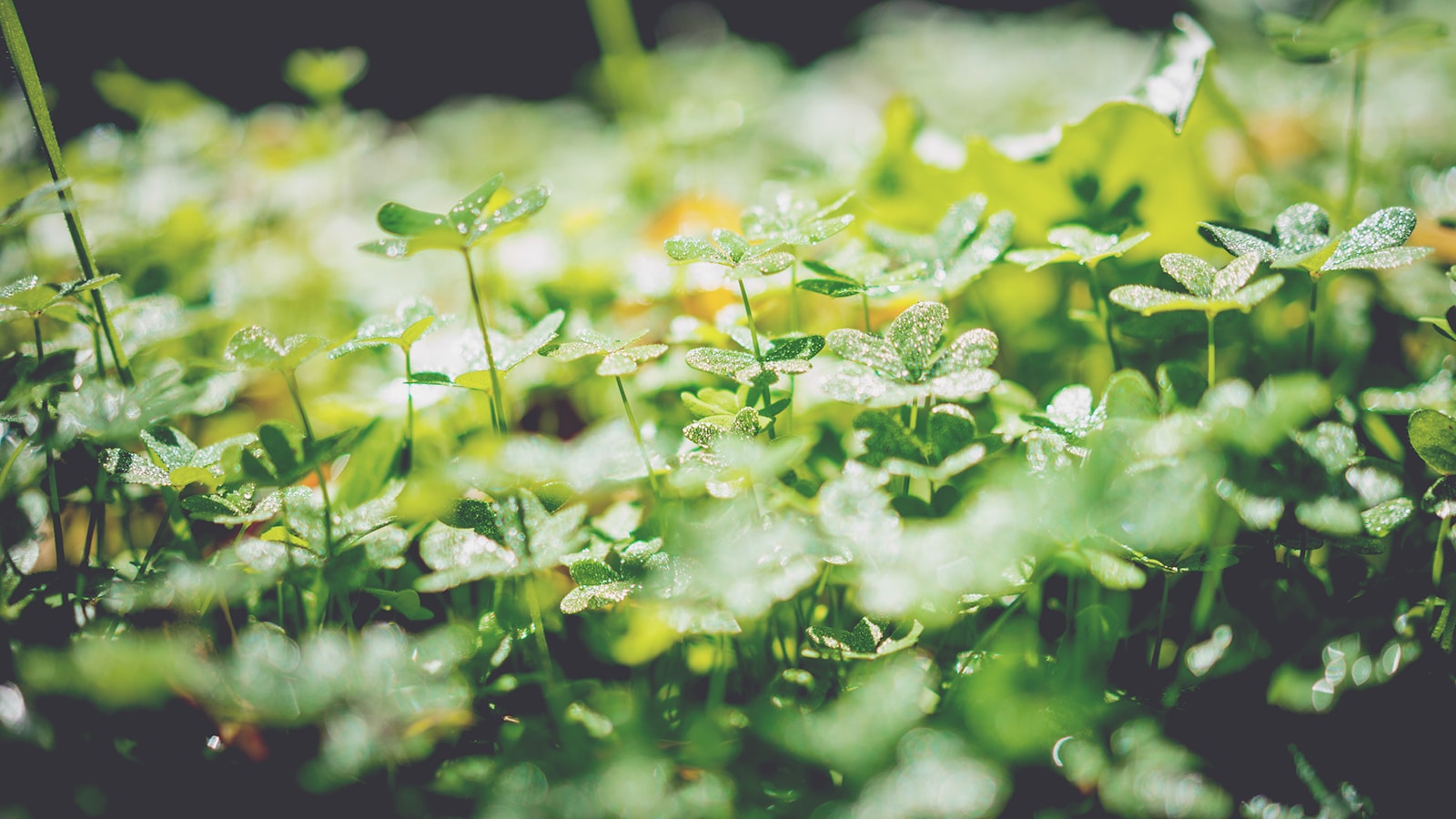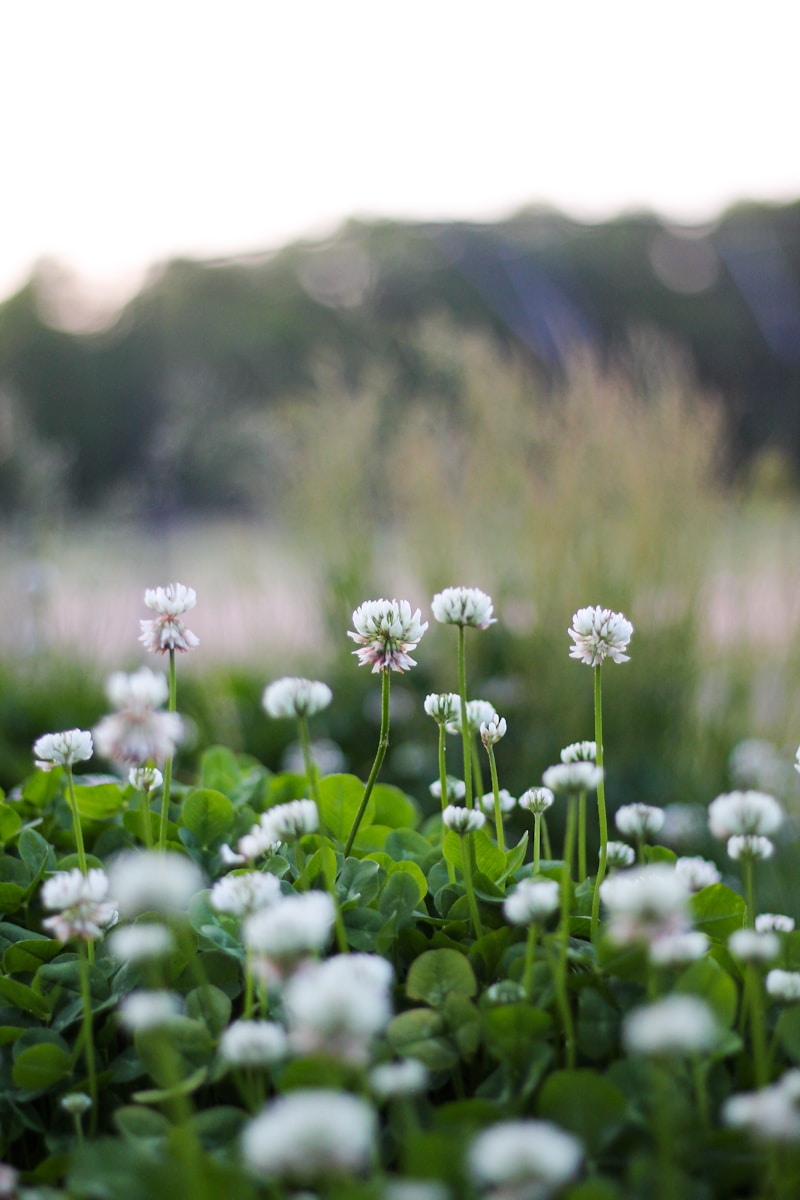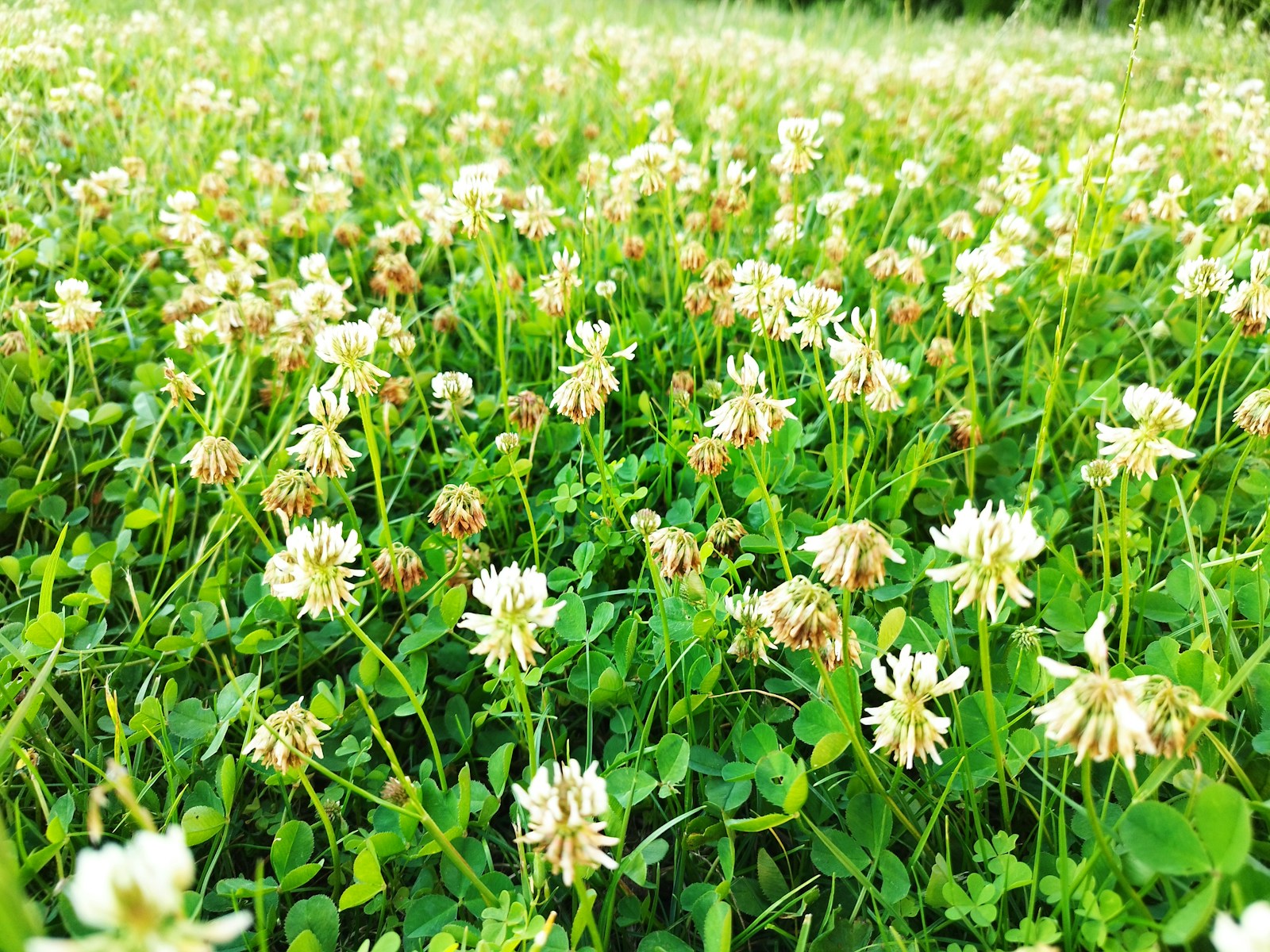When it comes to creating a vibrant, low-maintenance garden, part sun perennials are a gardener’s best friend. These hardy plants thrive in areas that receive 3-6 hours of sunlight daily, making them perfect for spots with dappled shade or morning sun. Whether you’re gardening in the humid South, the arid Southwest, or the temperate Northeast, there’s a part sun perennial that will flourish in your climate zone. In this guide, we’ll explore the best part sun perennials, their ideal growing conditions, and tips to help you create a stunning garden that blooms year after year.
What Are Part Sun Perennials?
Part sun perennials are plants that require moderate sunlight—typically 3-6 hours daily—to thrive. They’re versatile, adaptable, and perfect for gardens with mixed light conditions. Unlike full-sun plants, which need 6+ hours of direct sunlight, or shade-loving plants, which prefer minimal sun, part sun perennials strike a balance. They’re ideal for areas under tree canopies, along fences, or on the east side of buildings where sunlight is limited to mornings.
Top Part Sun Perennials for Every Climate Zone
1. Hostas (Hosta spp.)
Climate Zones: 3-9
Hostas are a classic choice for part sun gardens, known for their lush foliage and low-maintenance nature. They thrive in cooler climates and prefer morning sun with afternoon shade.

- Pros: Drought-tolerant once established, deer-resistant varieties available.
- Cons: Susceptible to slugs and snails.
- Tip: Pair with ferns or astilbes for a textured, shade-loving garden bed.
2. Coneflowers (Echinacea spp.)
Climate Zones: 3-9
Coneflowers are a pollinator favorite, offering vibrant blooms from summer to fall. They’re drought-tolerant and thrive in part sun, making them perfect for gardens in the Midwest and Great Plains.
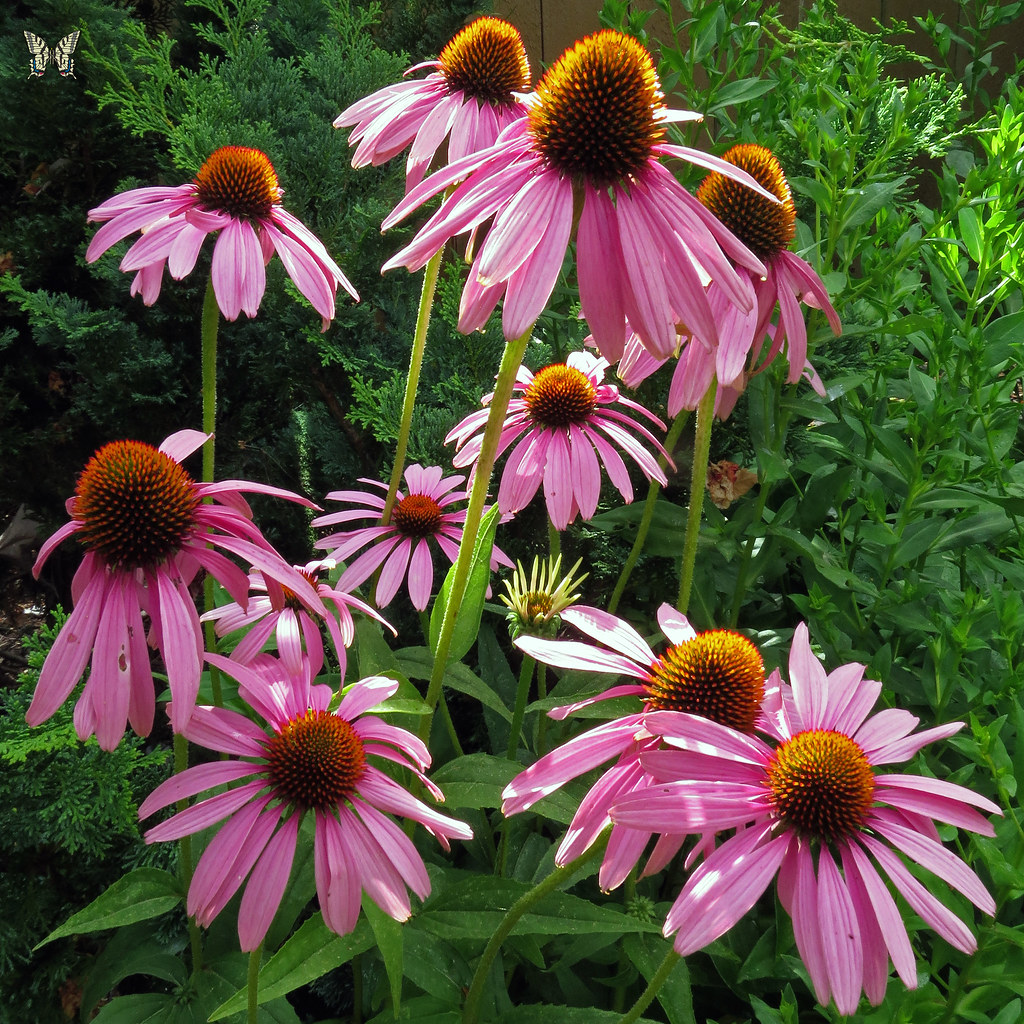
- Pros: Attracts bees and butterflies, low maintenance.
- Cons: Can self-seed aggressively if not deadheaded.
- Tip: Plant in well-draining soil to prevent root rot.
3. Coral Bells (Heuchera spp.)
Climate Zones: 4-9
Coral bells are prized for their colorful foliage, which ranges from deep burgundy to lime green. They thrive in part sun and are ideal for adding a pop of color to shady areas.
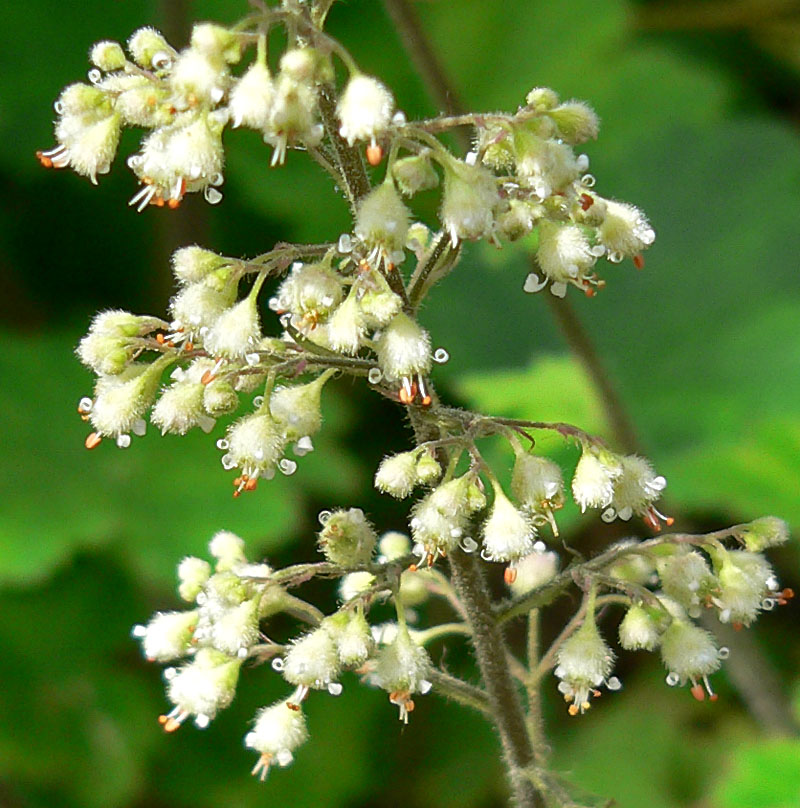
- Pros: Deer-resistant, long blooming season.
- Cons: Requires consistent moisture.
- Tip: Use as a border plant or in containers for a striking display.
4. Black-Eyed Susans (Rudbeckia spp.)
Climate Zones: 3-9
These cheerful, daisy-like flowers are a staple in part sun gardens. They’re drought-tolerant and thrive in a variety of soil types, making them a versatile choice for gardeners in the Southeast and beyond.

- Pros: Long blooming period, attracts pollinators.
- Cons: Can be prone to powdery mildew in humid climates.
- Tip: Space plants 18-24 inches apart to improve air circulation.
5. Astilbes (Astilbe spp.)
Climate Zones: 4-8
Astilbes are shade-loving perennials that can tolerate part sun, especially in cooler climates. Their feathery plumes add texture and elegance to any garden.
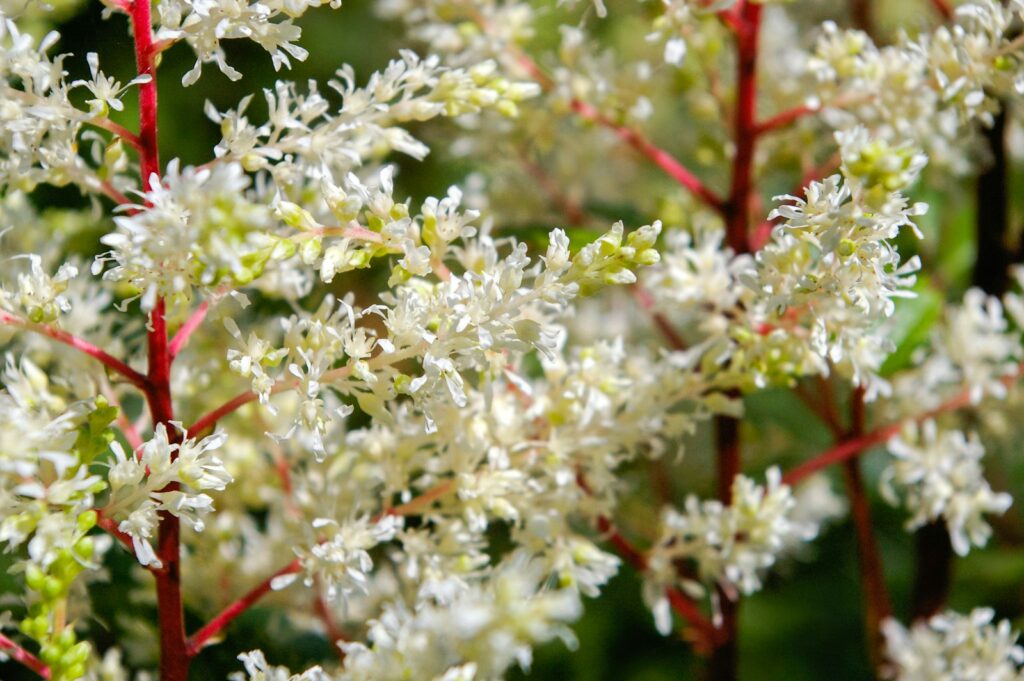
- Pros: Deer-resistant, thrives in moist soil.
- Cons: Requires consistent watering.
- Tip: Plant near water features or in rain gardens for best results.
How to Choose the Right Part Sun Perennials for Your Garden
Consider Your Climate Zone
The USDA Plant Hardiness Zone Map is an essential tool for selecting perennials that will thrive in your area. For example, gardeners in Zone 7 (e.g., Virginia) can grow a wide variety of part sun perennials, while those in Zone 4 (e.g., Montana) should opt for cold-hardy varieties.
Assess Your Garden’s Light Conditions
Observe your garden throughout the day to determine how much sunlight each area receives. Part sun perennials perform best in spots with morning sun and afternoon shade.
Soil Preparation and Maintenance
Most part sun perennials prefer well-draining soil rich in organic matter. Amend your soil with compost before planting, and mulch around plants to retain moisture and suppress weeds.
Common Mistakes to Avoid
- Overwatering: Part sun perennials often prefer moderate moisture. Overwatering can lead to root rot and other issues.
- Ignoring Soil pH: Some perennials, like hydrangeas, are sensitive to soil pH. Test your soil and amend as needed.
- Crowding Plants: Proper spacing ensures good air circulation and reduces the risk of disease.
Environmental Benefits of Part Sun Perennials
Part sun perennials are not only beautiful but also environmentally friendly. They:
- Support pollinators like bees and butterflies.
- Require less water than full-sun plants, making them a sustainable choice.
- Improve soil health by preventing erosion and promoting biodiversity.
Real-Life Garden Inspiration
Take inspiration from a homeowner in Asheville, North Carolina, who transformed a shady backyard into a lush oasis using hostas, coral bells, and astilbes. By layering plants of varying heights and textures, they created a dynamic, low-maintenance garden that blooms from spring to fall.
Final Thoughts
Part sun perennials are a versatile and sustainable choice for any garden. By selecting the right plants for your climate zone and light conditions, you can create a stunning, low-maintenance landscape that thrives year after year. Whether you’re a seasoned gardener or a beginner, these hardy perennials are sure to bring beauty and joy to your outdoor space.
